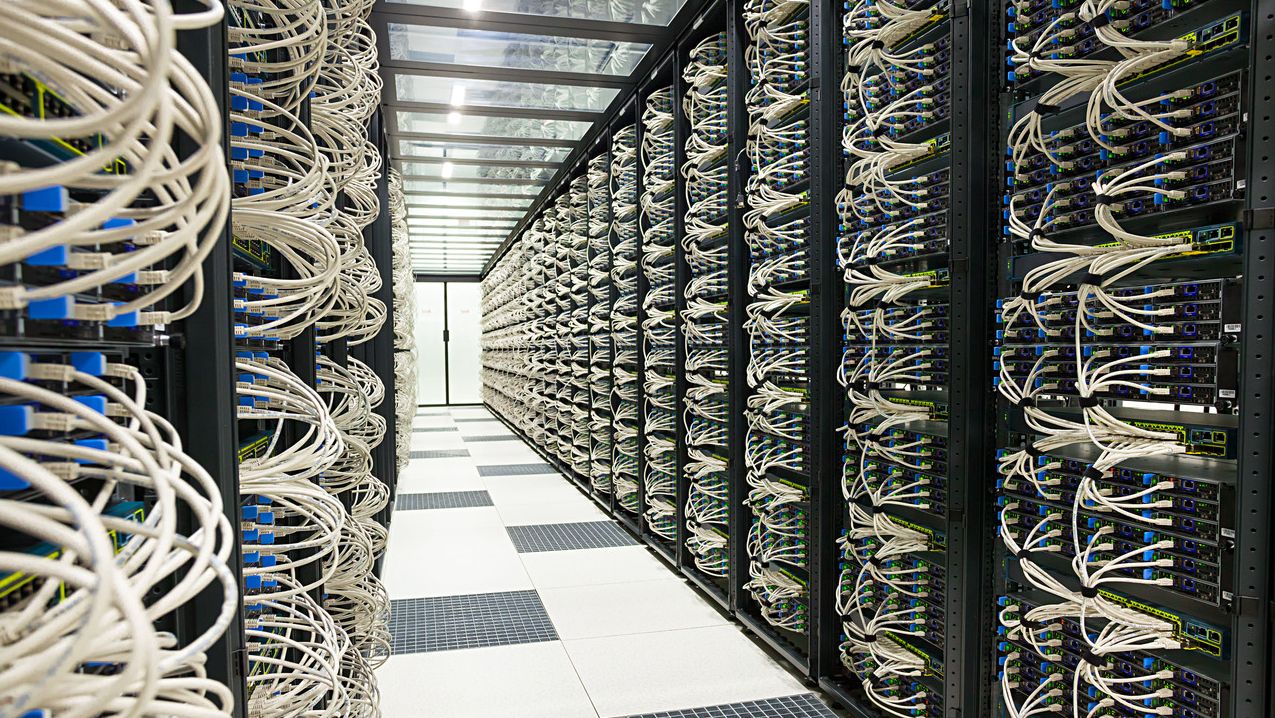A massive Wyoming data center will soon use 5x more power than the state's human occupants - but no one knows who is using it
An energy leap which overshadows Wyoming’s population

- New Wyoming facility could consume twice as much electricity as the entire state currently produces annually
- Data center developers will build custom natural gas and renewable plants to feed massive energy needs
- Crusoe refused to confirm any involvement of OpenAI despite growing speculation and prior partnerships
Plans for a new AI data center in Cheyenne, Wyoming, have raised serious questions about energy use and infrastructure demands.
The proposed facility, a collaboration between energy company Tallgrass and data center developer Crusoe, is expected to start at 1.8 gigawatts and could scale to an immense 10 gigawatts.
For context, this is over five times more electricity than what all households in Wyoming currently use.
A dedicated power supply for a silent tenant
Given the extraordinary energy demands, drawing power from the public grid is not an option - instead, the developers intend to power the site using a combination of natural gas and renewables, built specifically for the facility.
However, the mystery around the project continues to deepen because the future occupant of the data center has not been named.
Speculation has focused on OpenAI, as the AI giant recently partnered with Crusoe on a separate facility in Texas, described as the “largest data center” in the world.
That project reportedly draws about a gigawatt of energy and is seen as part of OpenAI’s broader “Stargate” initiative.
Sign up to the TechRadar Pro newsletter to get all the top news, opinion, features and guidance your business needs to succeed!
OpenAI has made commitments to develop several gigawatts of data center capacity, though the company has not publicly confirmed any presence in Wyoming.
When asked, Crusoe declined to confirm or deny whether this new site is tied to Stargate, fueling further uncertainty.
At the core of such AI-focused data centers lies the demand for extremely high-performance hardware.
Industry experts expect it to house the fastest CPUs available, possibly in dense, rack-mounted workstation configurations optimized for deep learning and model training.
These systems are power-hungry by design, with each server node capable of handling massive workloads that demand sustained cooling and uninterrupted energy.
Wyoming state officials have embraced the project as a boost to local industries, particularly natural gas; however, some experts warn of broader implications.
Even with a self-sufficient power model, a data center of this scale alters regional power dynamics.
There are concerns that residents of Wyoming and its environs could face higher utility costs, particularly if local supply chains or pricing models are indirectly affected.
Also, Wyoming’s identity as a major energy exporter could be tested if more such facilities emerge.
Via Arstechnica
You might also like
- SonicWall VPNs are being targeted by a new zero-day in ransomware attacks
- Check out the best 3D modeling software for 3D printing and more
- We've rounded up the best portable monitors available now

Efosa has been writing about technology for over 7 years, initially driven by curiosity but now fueled by a strong passion for the field. He holds both a Master's and a PhD in sciences, which provided him with a solid foundation in analytical thinking.
You must confirm your public display name before commenting
Please logout and then login again, you will then be prompted to enter your display name.